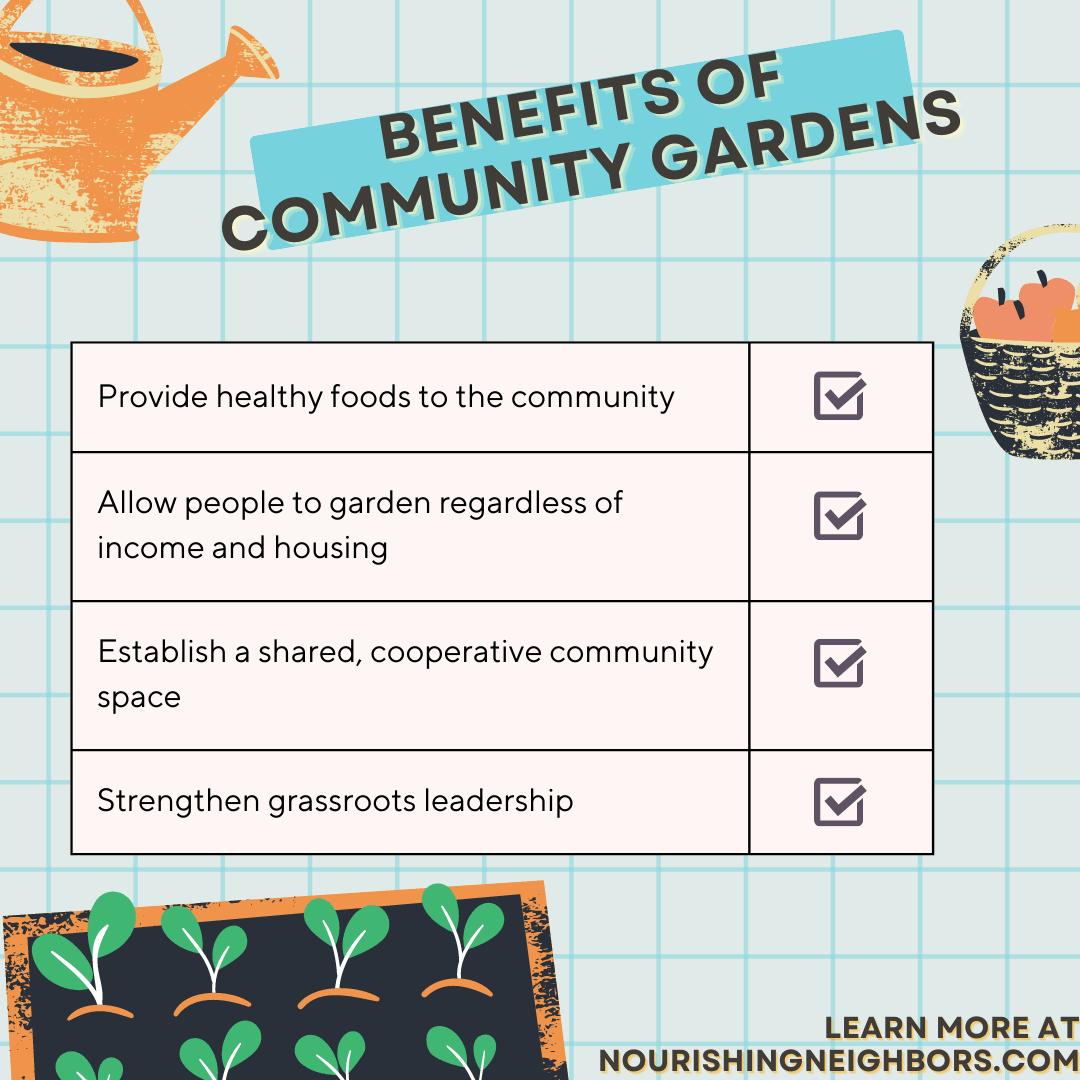City Blooming for Beginners
Table of ContentsCity Blooming - The Facts6 Simple Techniques For City BloomingUnknown Facts About City BloomingExcitement About City BloomingThe Buzz on City Blooming
Nature has extraordinary effects on our physical and psychological well-being, so it's no shock that an easy delicious on a desktop or some potted natural herbs on a windowsill can quickly enhance a space. Take those plants a step better, and you'll go across into the territory of city horticulture, which brings a lot more benefits to individuals and neighborhoods alike.Urban yards can be tended by people, groups, companies, or organizations. The quantity and range of food expanded can differ commonly, as well as the size of the project itself, but metropolitan horticulture efforts are all rooted in a city setting.
Whether they contain a collection of pots on a terrace or a cluster of stories on a vacant lot, these gardens supply more than food, providing a host of ecological, economic, and social advantages. Since fruit and vegetables is expanded in regional setups in contrast to far-away ranches, urban horticulture minimizes transportation demands, consequently lowering carbon emissions.
What Does City Blooming Do?
Lasting and organic agriculture removes or minimizes much of the ecological harm that would be sustained by industrial farming techniques. Environment-friendly spaces in cities assist lower the city heat island impact. Urban farming stimulates regional economies and sustains local food producers. Area gardening jobs typically supply food at little or no charge, which aids bolster food spending plans and enhance food protection. Urban gardens can be tools of social modification that address inequities, systemic racism, and neighborhood advancement concerns. Here at Appetite For Adjustment, we use food as a device to construct health, wealth, and social change in North Minneapolis. We bring people together to find out, prepare, consume, and grow food, producing modification that lasts.
Together, we can create well-rooted and prospering modification!.

The main lesson we, when again, have to find out is that cities are not divorced from nature. They are a component of the larger biome in which they're located. As planners and designers, we are educated to assume holistically. While these areas of article source study promote cities as useful, no city is ideal not even close, and the susceptabilities and affiliations of the global supply chain has actually affected all of us in unforeseen methods.
Examine This Report about City Blooming
I will look at models from the past that advertised city gardens and gardeners, and show what worked and what did not. I will discuss the opportunities and difficulties of being an urban garden enthusiast, what is needed to establish a garden of your own, and what legislations and requirements stand in the method of making cities better at promoting urban gardens.
The amount of time wasted obtaining to and from typical offices has been well documented. The gathered adverse results of air pollution and stress that result from travelling alone by automobile as most Americans do are substantial.
The capability to come to the workplace for partnership and society, and remain home for focused job is a concept that saves time, is much better for the setting and is a smarter usage of limited sources. It appears the hybrid office is a concept whose time has come. What hasn't yet taken hold is the connection in between these changes in actions and exactly how cities could react.
City Blooming - An Overview
What are the health influences of our cities unexpectedly overdesigned for vehicles? How can our city framework (roads, utilities) do better, not just as channels to relocate people and items, yet as factors to all-natural systems? Urban sensations such as smog, inadequate water high quality and the 'warmth island result' can be reduced by greening our roads, energizing our automobiles and planting our parking area.
In a recent write-up in the Wall Street Journal, Richard Florida talked about the phenomenon of 'zoom cities,' which draw in remote employees by creating a photo of a better of life (sustainable gardening). He wrote: "For cities, remote work alters the emphasis from drawing business with unique deals to luring skill with solutions and facilities
, and rooftop horticulture. This suggests you can regulate the place where you grow the food, and stress much less regarding ecological problems like dry spell or cool weather condition. https://cityblooming.carrd.co/.
City Blooming Can Be Fun For Anyone
Expanding mass-produced food with traditional farming approaches takes a whole lot out of the earth. Past the lots of sources that are utilized on the farm, the food then has to be transferred from where it is grown to a store near you.
